Digital Marketing

What Is Digital Marketing?
Digital marketing is an umbrella term for all of your company's online marketing efforts.
Lots of businesses leverage digital channels such as Google search, social media, email, online advertising and their websites to connect with their current and prospective customers. Many companies focus on online (or digital) channels over offline marketing tactics because it allows them to reach their ideal target audience where they're already spending most of their time: online.
From your website itself to your online branding assets and social media channels -- digital advertising, email marketing, online brochures, and beyond -- there’s a huge spectrum of tactics and assets that fall under the umbrella of digital marketing. Yet the best digital marketers have a clear picture of how each asset or tactic supports their overarching goals.
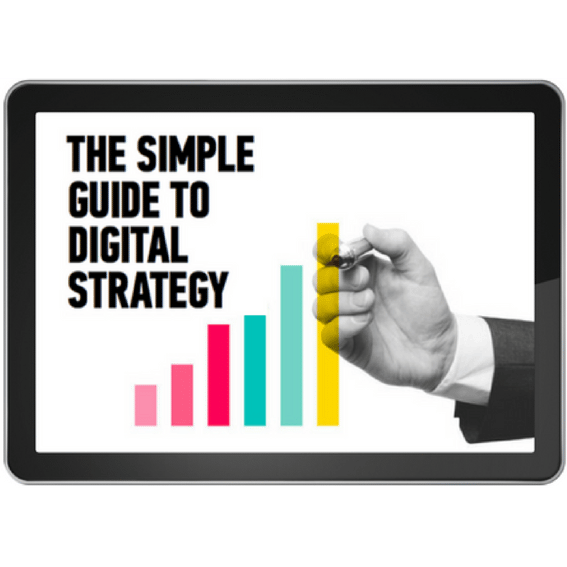
The Simple Guide to Digital Strategy
Learn the crucial steps for improving your digital strategy. Topics in this free ebook include: content marketing, search engine optimization, digital marketing analytics, maximizing mobile & events marketing.
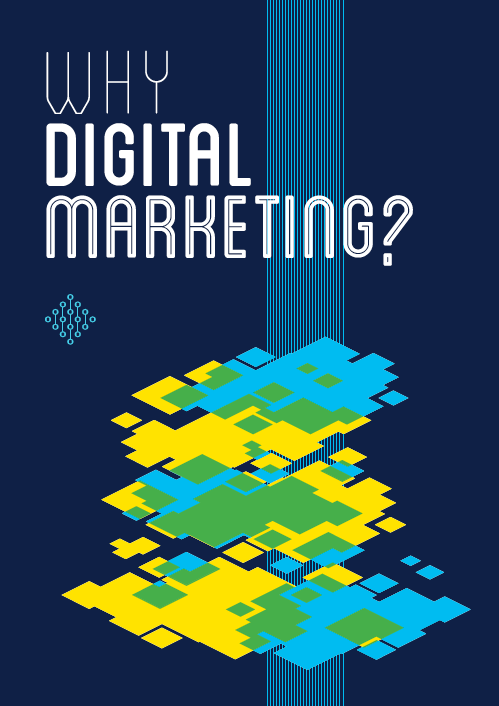
Why Digital Marketing: The Ultimate Guide
The ultimate free guide to marketing and branding your business online. Follow these simple, step-by-step instructions for getting your digital marketing off the ground.
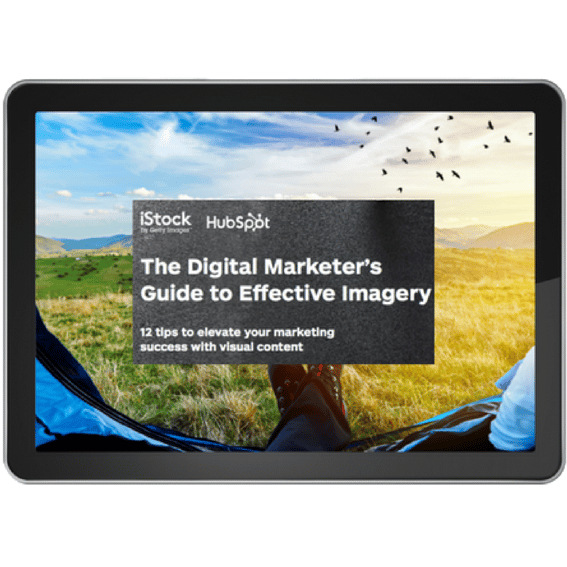
The Digital Marketer's Guide to Effective Imagery
Learn how to strategically select and optimize your images to improve brand sentiment, grow your traffic and increase your conversion rates.
The Benefits of Digital Marketing
There are endless reasons why digital marketing makes an excellent solution for so many businesses, but if you're just getting started, here are the two that will have the biggest impact on the way you market and sell to your customers.
1. Reach the right people, in the right place, at the right time
The internet is your gateway to people who might one day become your customers. With an online presence, you can reach far more of the right people than you can by marketing your company solely offline. And if you do it the right way, you can get in front of the people who are likely to become your customers at the right moment in their buyer’s journey.
Direct mail and cold calling are outdated tactics. We spend an increasing amount of time on the internet, and we’re constantly using our smartphones. It’s a harsh truth: most people will miss the print ad or brochure you’re trying to put in front of them because they’re too busy looking at a digital screen. Either that, or they’ve subconsciously learned to ignore anything that looks too much like an advertisement.
2. Get measurable results to inform your strategy
Another huge benefit is that digital marketing allows marketers to see accurate results in real time. If you’ve ever put an advert in a newspaper, you’ll know it's impossible to measure the impact that advert has on your business. On the other hand, with digital marketing, you can measure the ROI of pretty much any aspect of your marketing efforts using analytics software (like HubSpot).
Marketing has always been about making a connection with your target audience in the right place, at the right time. Today, they’re online, and that means digital marketing should be a primary focus for your business.
Get a structured plan for getting started with digital marketing by downloading The Essential Guide to Marketing Your Brand Online -- it's free.
-
According to Google,
90%of people leave a mobile website if it isn't meeting their high standards.
-
HubSpot found that only
61%of organizations think their marketing strategy is effective.
-
According to BrightLocal,
88%of buyers trust online reviews as much as personal recommendations.
How to Identify Your Digital Marketing Channels & Assets
OWNED DIGITAL MARKETING CHANNELS & ASSETS
We refer to these digital marketing channels/assets as 'owned' because once your business has created them, they’re yours. Your business has sole responsibility for when and where they appear online and how they’re distributed. For example, you’re able to control exactly what appears in your company’s Twitter feed, making it an 'owned' channel. You can decide at any time to publish a blog post on your website and you can promote your new ebook to your email database whenever you like. These are also referred to as your 'owned' channels.
Owned digital marketing channels & assets include:
-
Your website
-
Your business’s social media profiles
-
Email marketing
-
Online branding assets (logos, images, etc.)
-
Your blog
-
Online brochures
-
Other written content (such as ebooks and digital white papers)
EARNED DIGITAL MARKETING CHANNELS & ASSETS
Earned media is the online coverage your business gets as a result of interacting with customers, other players in your industry, or news sources. In the most simplistic terms, it’s word-of-mouth marketing. Generally speaking, your company can’t control this. If your customers leave bad reviews of your products or services online, earned media can hurt your business -- but if you have products that wow, a customer service team that’s on-the-ball, and positive media attention, your earned assets can be particularly powerful.
Earned digital marketing channels & assets include:
-
Media coverage of your products, services, or online content
-
Social media posts from others that share your content, or reference your company
-
Online reviews and ratings
-
Articles your business contributes to other sites
PAID DIGITAL MARKETING CHANNELS & ASSETS
Paid digital marketing channels & assets include:
-
Digital advertising (banner, display, etc.)
-
Native advertising (learn more about that here)
-
Pay-per-click (PPC)
-
Boosted social media posts
Join the 50,000+ people that have already completed HubSpot's online digital marketing course to improve their digital skill set. It's FREE!
The Pros and Cons of Digital Marketing
Digital Marketing vs. Inbound Marketing
Digital Marketing
Digital marketing doesn’t differentiate between push and pull marketing tactics (or what we might now refer to as ‘inbound’ and ‘outbound’ methods). In other words, digital outbound tactics aim to push a marketing message directly in front of as many people as possible online -- regardless of whether it’s relevant or welcomed. For example, the irritating, flashing banner ads you see at the top of lots of websites try to push a product or promotion onto people who aren’t necessarily ready to receive it.
Inbound Marketing
On the other hand, marketers who employ digital inbound tactics use online content to attract their target customers onto their websites by focusing on being helpful to them. One of the simplest yet most powerful inbound digital marketing assets is a blog, which allows your website to capitalize on the terms your ideal customers are searching for on Google and other search engines.
Ultimately, inbound marketing is a complete methodology that uses digital marketing assets that work together to attract, convert, close, and delight customers by focusing on being helpful and adding value. Digital marketing, on the other hand, is simply an umbrella term to describe online marketing tactics of any kind, regardless of whether they’re considered inbound or outbound.
Get insights into how other businesses are utilizing inbound marketing in The State of Marketing 2020 Report -- it's free.
Inbound Marketing Tactics
Social Media
Social media channels like Twitter, Facebook and LinkedIn allow individuals, organizations, news distributors, and businesses to follow each other’s online activity, engage in virtual conversations, and share content. Digital marketers tend to use a combination of social media channels to drive traffic to their websites by promoting their content. It's also used to communicate with current and prospective customers.
Content Marketing
Your content is what populates your website. Your blog and other pieces like ebooks and guides fall under this category, as do your graphics, interactive tools, and videos. When you create content that fits your target audience’s needs, answers their questions, and educates them on topics about which they’re confused, your content will naturally act as a magnet for highly qualified leads when they search for topics related to your business online.
SEO
Search engine optimization (SEO) is the practice of optimizing your website and its content to increase your chances of appearing in search engine results pages. The closer to the top of those pages you are, the more organic traffic your website is likely to receive, so SEO is often a top priority for digital marketers who don’t want to rely on ads. SEO and content marketing go hand in hand and an effective content marketing strategy always considers SEO.
Email Marketing
The communication channel of choice for most businesspeople and used by the majority of internet users, email is a powerful tool you can leverage to reach members of your audience directly. Traditionally, email has gotten a bad rap for being spammy and promotional. However, by taking an inbound approach to email, you can use email to deliver helpful, personalized, and targeted content to your prospects which they'll be pleased to received.
Native Advertising
If you’ve seen an article online marked as ‘sponsored’, you’ve seen a native ad. Businesses must pay to have their content published, but the article isn’t advertorial in nature -- it’s educational and fits the style of the website or publication it’s featured in. Native advertising can also refer to boosted social media posts on platforms like Twitter, Facebook, LinkedIn and Instagram, as well as PPC, which is ‘native’ to Google's search results.
Retargeted Ads
Traditional advertising is considered an outbound tactic, but digital marketing provides marketers with data to make smarter decisions. You can use retargeting technologies to deliver ads directly to people who have visited your site before. But don't hassle them -- providing them with a piece of downloadable content relevant to your business is a smart way to continue providing value to people who you hope will become customers.
More Digital Marketing Resources
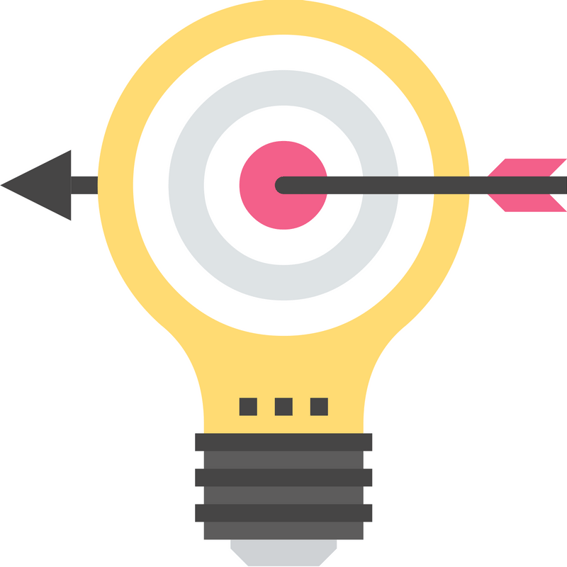
How to Create an Effective Digital Marketing Strategy
In an ever-changing digital landscape, success in business can often depend on what you do (or don’t do) in terms of marketing your company online...
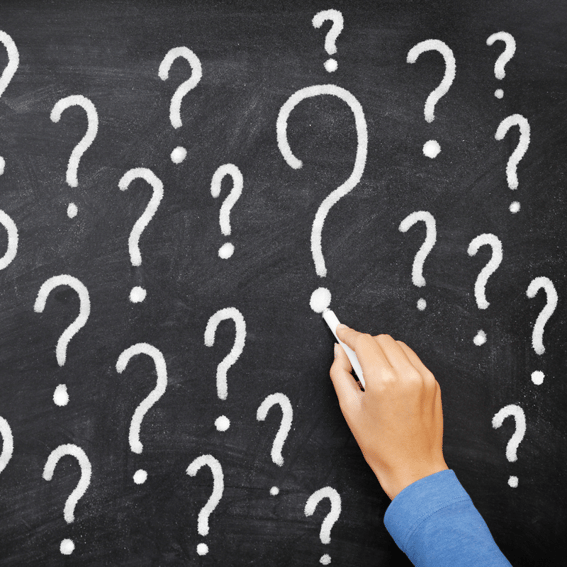
What Is Digital Marketing?
People spend twice as much time online as they used to 12 years ago. And while we say it a lot, the way people shop and buy really has changed, meaning offline marketing isn’t as effective as it used to be...
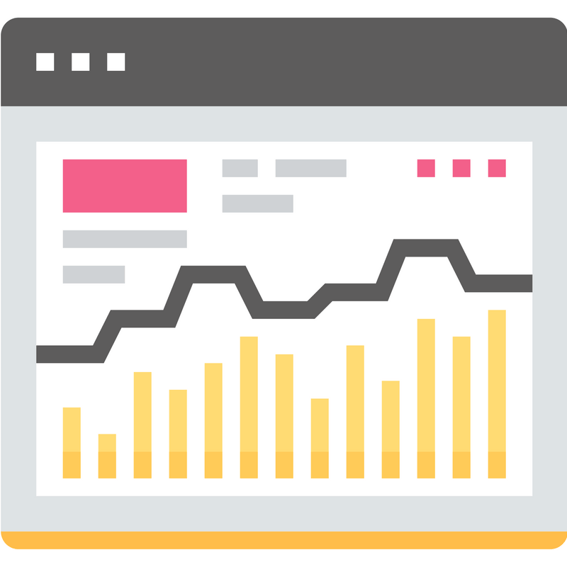
Why You're Thinking About Digital Analytics All Wrong
The trouble is, when most marketers hear 'digital analytics,' they tend to think of the metrics like traffic, bounce rate, unique visitors, etc...

12 Building Blocks for Your Digital Marketing Campaign
These 12 pieces of essential content and strategy have been proven to help establish a solid foundation and direction for any digital marketing campaign...
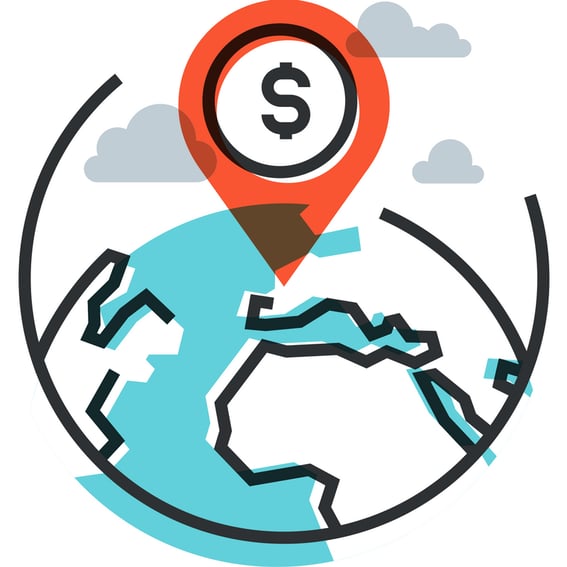
Engage Your Audience Using Digital Advertising
Can digital advertising ever complement your inbound marketing and provide a positive, valuable experience for your prospective customers? Absolutely. Here's how...

Use Digital Marketing to Transform Your Business
Is your company embracing the digital age? Is your team engaging digital transformation beyond updating your website every 6 months? For many companies, failure to adapt to new technology means getting left behind & losing business...
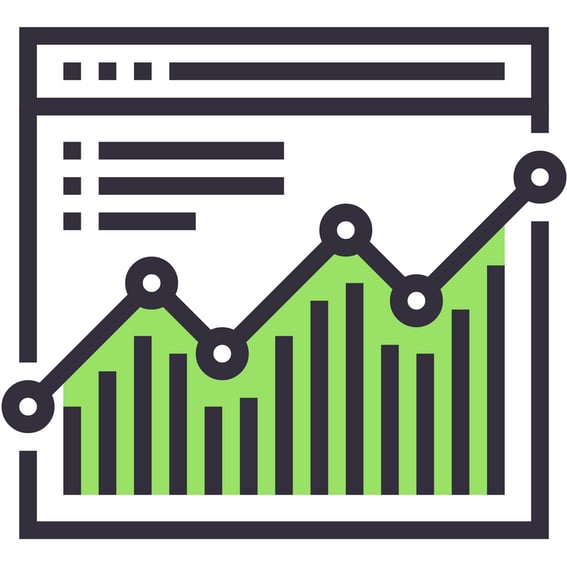
10 Digital Marketing Metrics to Track
Creating reports and holding yourself and your team accountable for the success or failure of marketing projects can be one of the most painfully necessarily parts of marketing...
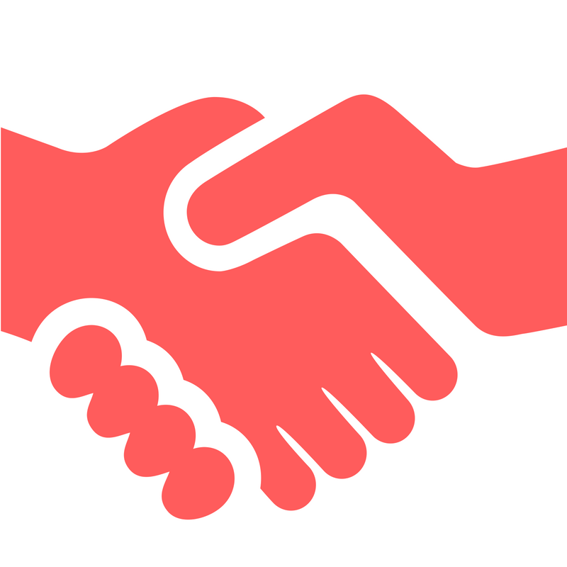
How to Get Hired as a Digital Analyst
“Here’s a $10,000 signing bonus. When can you begin?” That sounds like a fun start to getting a job in analytics — or really any job in general, but how realistic is it? Turns out, it’s not that far-fetched...
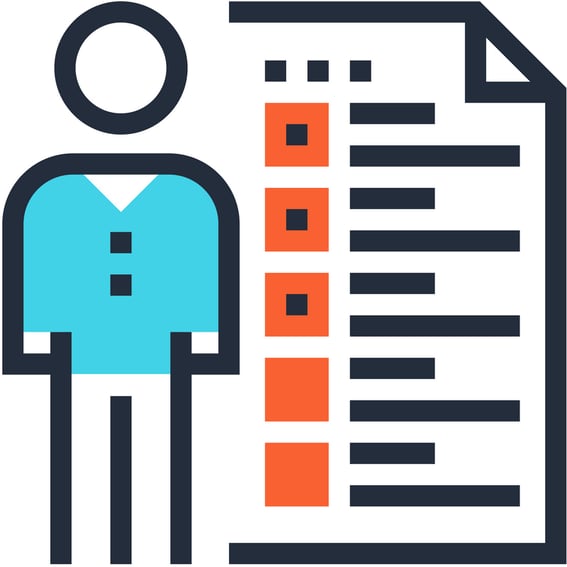
13 Digital Marketing Skills Clients Want
Sourcing, hiring, and retaining the right talent is a big concern for agencies. Tech startups have attracted specialists who are looking for opportunities. And agencies are struggling to retain top talent who can easily move into the freelance world...
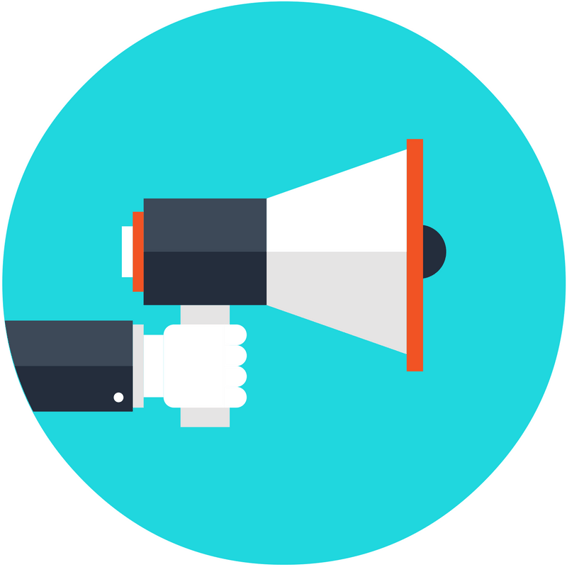
The Evolution of Digital Advertising
When display advertising first surfaced in the world of marketing, many marketers were left with a bad taste in their mouth. The ads we were seeing lacked context and value, and many of us were quick to deem them untrustworthy...

Victims of The Digital Marketing Skills Gap
The skills gap is very real, and if you have the foresight to eliminate your own personal skills gap, the benefits could be huge...
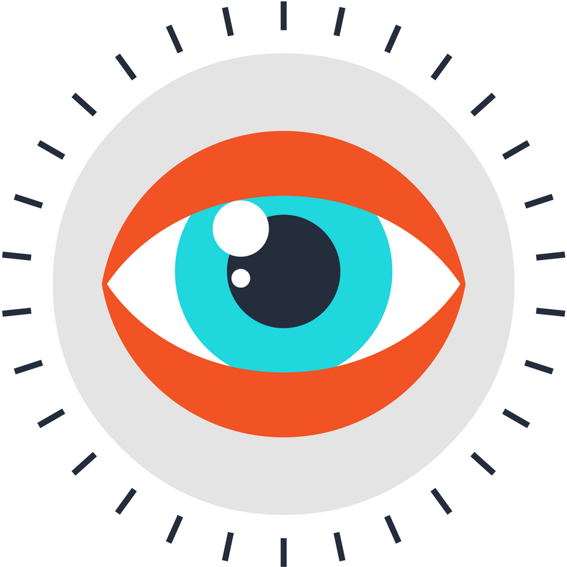
Visual Content: A Powerful Tool for Digital Marketing
If you want to churn out great content, make it visual. The rapid growth of mobile and social media networks that focus on visuals has created a fast-growing demand for visual content...
